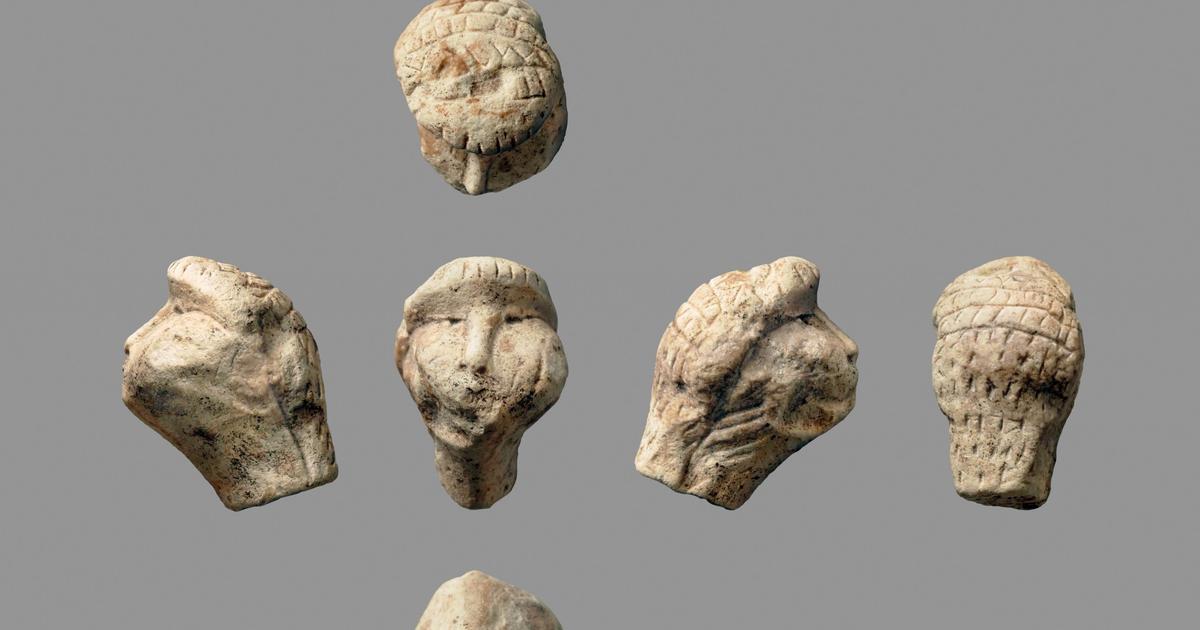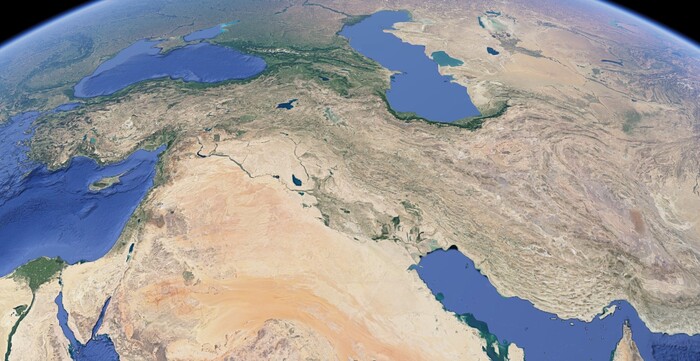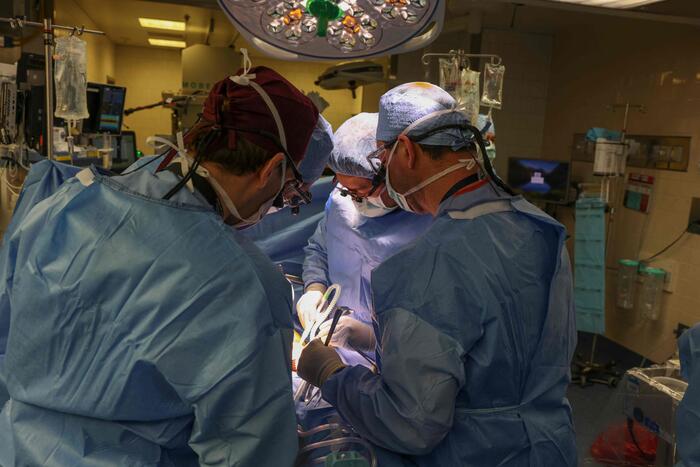British paleoanthropologist Chris Stringer often says that it is highly unfair that the word Neanderthal is used as an insult today.
Neanderthals were already using innovative stone tools 300,000 years ago, adorning themselves, handling fire, caring for their sick and burying their dead.
The remains of their mammoth hunts indicate that they communicated with each other to work as a team.
And yet Neanderthals disappeared about 40,000 years ago, displaced by modern humans.
Brazilian biologist Alysson Muotri is one of the researchers trying to find out if there was something in the Neanderthal brain that contributed to its extinction.
It is another way of asking the great question of humanity: Who are we?
What makes us unique?
Muotri just created something unique in his lab to search for the answer: mini-brains genetically engineered to have Neanderthal traits.
In each human cell there are about 22,000 genes, with the necessary instructions for their operation.
Muotri's team points to 61 key genes that make the difference between today's sapiens and Neanderthals.
One of these genes, called
NOVA1
, acts as a conductor in early brain development.
Researchers at the University of California, San Diego (USA), have introduced the Neanderthal variant of this gene into a human cell reprogrammed to become brain cells.
Muotri talks about "reconstructing the Neanderthal mind on a lab plate," but the result is actually a ball of cells the size of a grain of fat salt.
Their study, published this Thursday in the journal
Science
, shows that the reintroduction of the archaic version of the
NOVA1
gene
leads to mini-brain cells with different structures and connections between neurons.
Organoids made from modern human cells are usually spherical, while Neanderthals are smaller and shaped like popcorn.
“We don't know exactly how and when this change occurred in our evolutionary history, but it appears to be significant.
It could help explain some of our modern capacities in terms of our social behavior, language, adaptation, creativity and use of technology, ”Muotri said in a statement.
The archaic variant of the
NOVA1
gene
was
not only found in Neanderthals, it also appears in Denivosans, another extinct human species, whose remains were discovered a decade ago in a cave in Siberia (Russia).
Muotri's team has introduced the variant into the human genome thanks to the revolutionary CRISPR gene editing technique, whose creators, Emmanuelle Charpentier of France and Jennifer Doudna of the United States, won the Nobel Prize in Chemistry in 2020. Muotri had already done similar experiments with chimpanzee and bonobo genes, but never with a missing species.
The scientific community waited for these results since it offered a preview at a congress in 2018.
"It is a technically excellent study", applauds the biologist Sandra Acosta, from the Institute of Evolutionary Biology, in Barcelona.
"It is an important advance because we are getting to define what are the mutations by which we are human: what differentiates us from the rest of the species," he says.
Acosta, with lines of research similar to those of Muotri, is now focused on studying the effect of the coronavirus on human mini-brain created in his laboratory.
"We are getting to define what are the mutations for which we are human", says biologist Sandra Acosta
The biologist emphasizes the importance of this type of study to understand neurological disorders, such as autism and epilepsy, beyond human evolution.
"These regions that humans have different from the rest of the species are very interesting, because they will allow us to find out much more about the physiology of our species," he explains.
Acosta defends research with these mini-brains, although they are far from reflecting the true complexity of a real brain.
“Organoids allow us to model brain functions because they are human.
The rest of the experimental models, such as mice, do not allow us to do so, because they are not human, ”he says.
"We must avoid simplifying that a single gene has transformed the brain of our ancestors", underlines the neurobiologist Alberto Ferrús, from the Cajal Institute (CSIC), in Madrid.
The researcher emphasizes that organoids created in the laboratory are not tiny brains.
“In my opinion, they are just a test bed to study processes in a reduced environment.
Not much more than a cell culture, but something more structured, "he says.
“The idea of putting a gene from our relatives in a current organoid to see its effects is a good way to start, but there is still a long way to go until we know what that gene was doing in the brains of our relatives and what it does in our case ”, Adds Ferrús, former director of the Cajal Institute.
Researcher Carles Lalueza Fox, also from the Institute of Evolutionary Biology, warns that Muotri's team has changed a single gene in the organoid, so it is impossible to draw definitive conclusions from the observed effects.
"It is an interesting experiment, in line with what needs to continue to be done," says Lalueza Fox, one of the co-authors of the sequencing of the Neanderthal genome.
You can write to
us
at
manuel@esmateria.com
or follow
MATERIA
on
,
,
or subscribe here to our
newsletter
.

/cloudfront-eu-central-1.images.arcpublishing.com/prisa/7STHEKNBJVEK5L6K7GN4R4IJHA.jpg)
/cloudfront-eu-central-1.images.arcpublishing.com/prisa/4RITWNCKAZFB3I3MBXYYKH6YDI.jpg)






